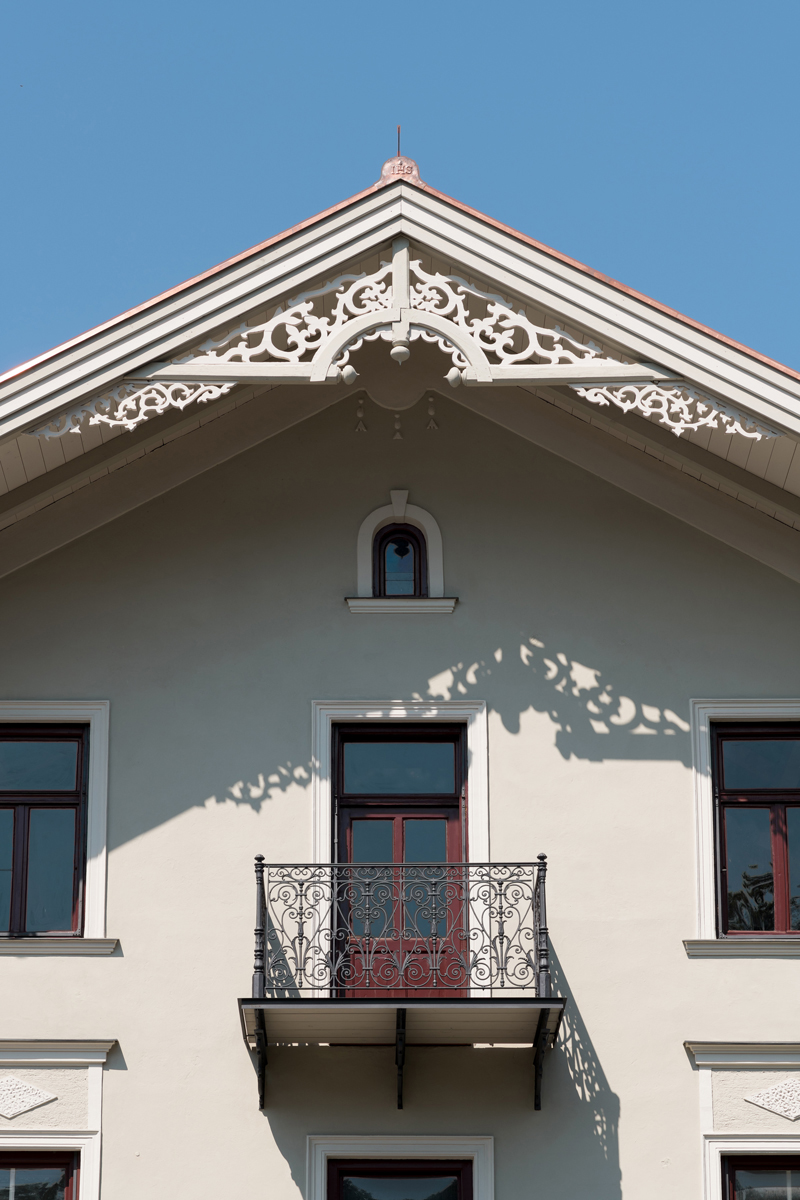Institut
für
unerschütterliche,unbeschwerte,umfassende,unerwartete,unwirtschaftliche,ungewöhnliche,unverbesserliche,unwiderstehliche,unkomplizierte,unvergleichliche,ultrageschmeidige,unkonventionelle,unbeschreibliche,urbane,umweltbewusste,unverbrauchte,ungezogene,umwerfende,unfassbare,unkonventionelle,urige,unnachahmliche,unschädliche,unterhaltsame,unglaubliche
Baukunst















































